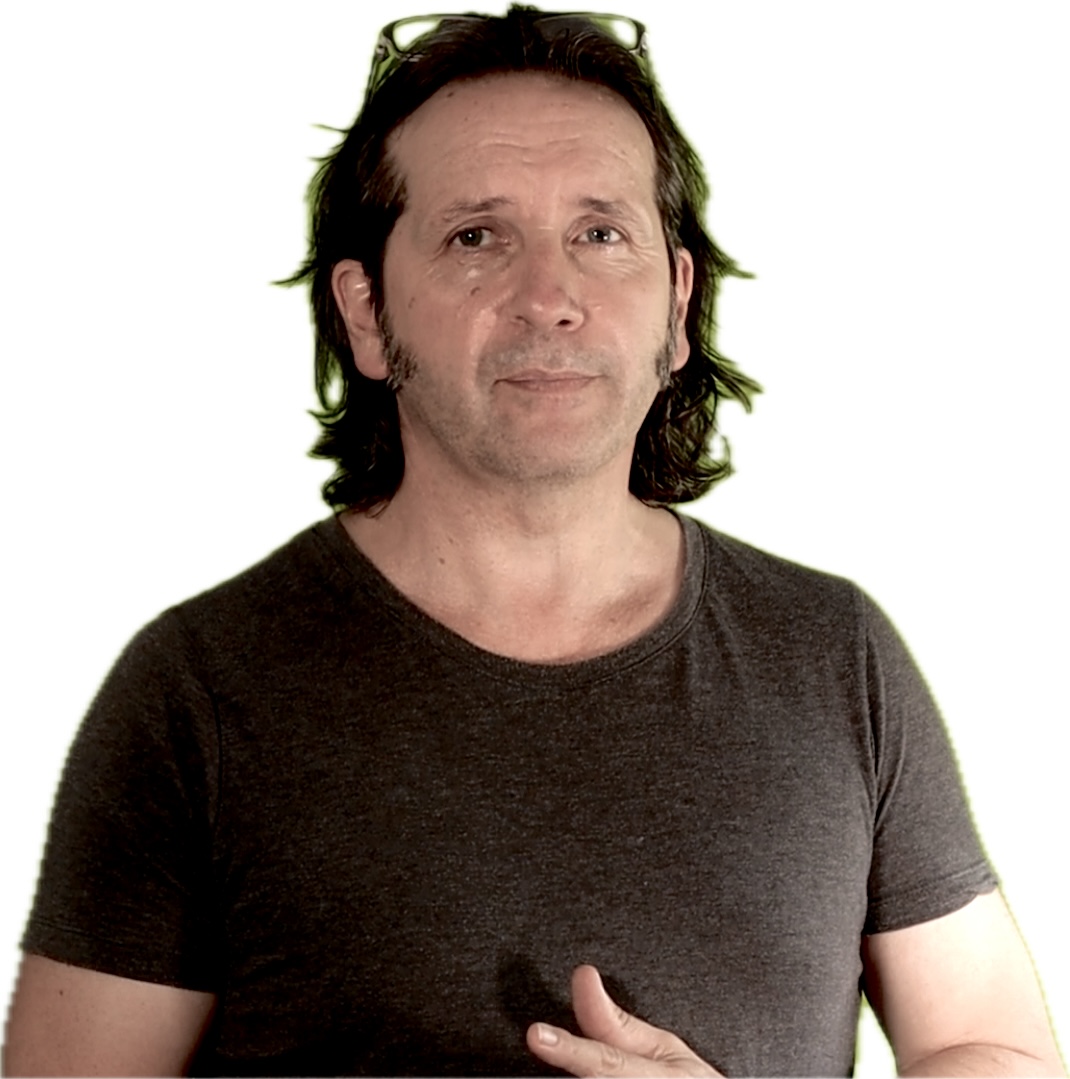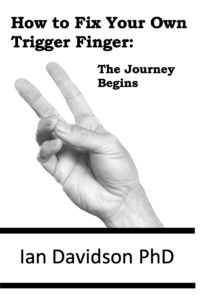Who Am I?
A Few Words About Me

Hello, my name is Ian Davidson. I qualified as a physiotherapist (physical therapist) in the UK in 1984. Since then, I have worked full-time in the public sector for 11 years (National Health Service), part-time in the private sector for 22 years (firstly as an associate in a colleague’s practice and then in my own practice), academia for 20 years (as a senior lecturer in physiotherapy and lecturer in physical rehabilitation) and a researcher.
Although I have worked in nearly all aspects of physiotherapy, my background is in neurology and musculo-skeletal therapy. Although initially, in the health service, I specialised in neurology, treating people with stroke, head injuries, multiple sclerosis, Parkinson’s disease and Guillain-Barré syndrome, in concurrent part-time private work, I treated mainly musculo-skeletal (MSK) conditions. Later in my career, I expanded my private practice to include neuro-therapy too. My current clinical practice remains in these areas with my neurological work being community based and MSK work being clinic based.
While my initial research interests lay with stroke rehabilitation, this evolved to be placed at the cross-roads between neurology and MSK which mirrored my clinical practice. I have published in peer reviewed journals on: stroke; Guillain-Barré syndrome; migraine headache and trigger finger as my core subjects. I have also assisted others in research into low back pain, early onset dementia and support for older people.
Current Work and Trigger Finger

I have now left the constraints of academic life and work independently providing either face-to-face treatment or on-line advice, sometimes a combination of both. However, I have also begun to document methods of treatment that I use with my patients in the form of books. My first foray into this has been to document a novel treatment for trigger finger that I call the Manual Therapy Trigger Finger Protocol that I have termed the ManTTr® Protocol. This is a method of treatment designed to be used by health and bodywork professionals to treat their patients. It is NOT a self treatment method. Self-treatment for trigger finger is possible (see below). This self-treatment borrows from ManTTr® but it is distinctly different. If you would like to learn more about my book on the ManTTr® Protocol, click the link below:
Self-Treatment for Trigger Finger

Self-treatment is not as powerful as the ManTTr® Protocol inasmuch as the latter is able to change the state of trigger finger in a single treatment. Self-treatment takes a lot longer to perform and uses several techniques conducted over several weeks before change (should it take place) occurs. However, for anyone interested in trying a natural treatment for trigger finger, this is a great, first place to begin as not only do you get to treat yourself at practically zero cost, you also get some very valuable information on trigger finger. You also get a ‘heads up’ on what to do should this approach fail. If you would like to learn more about this book, click the link below: